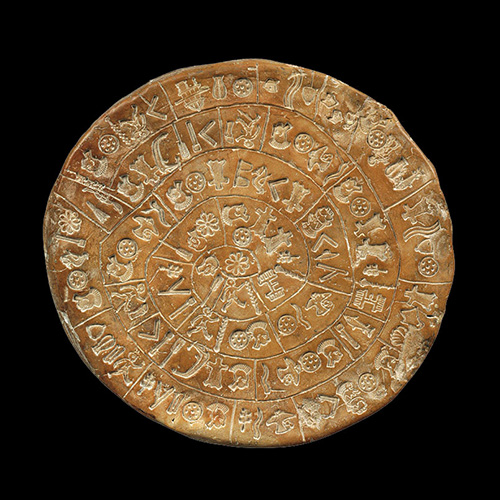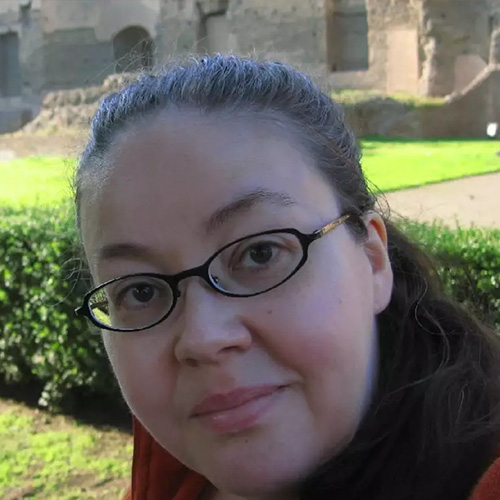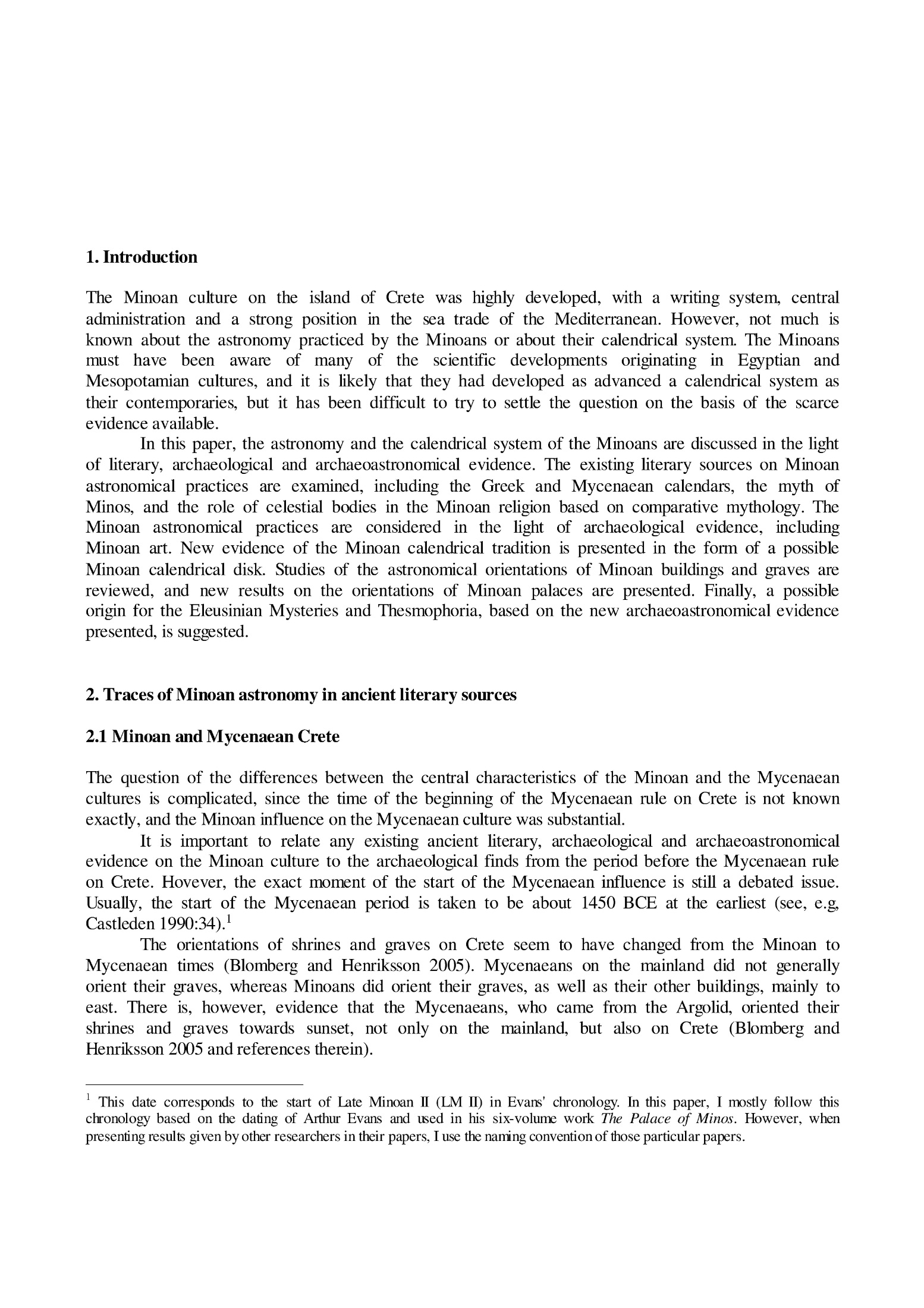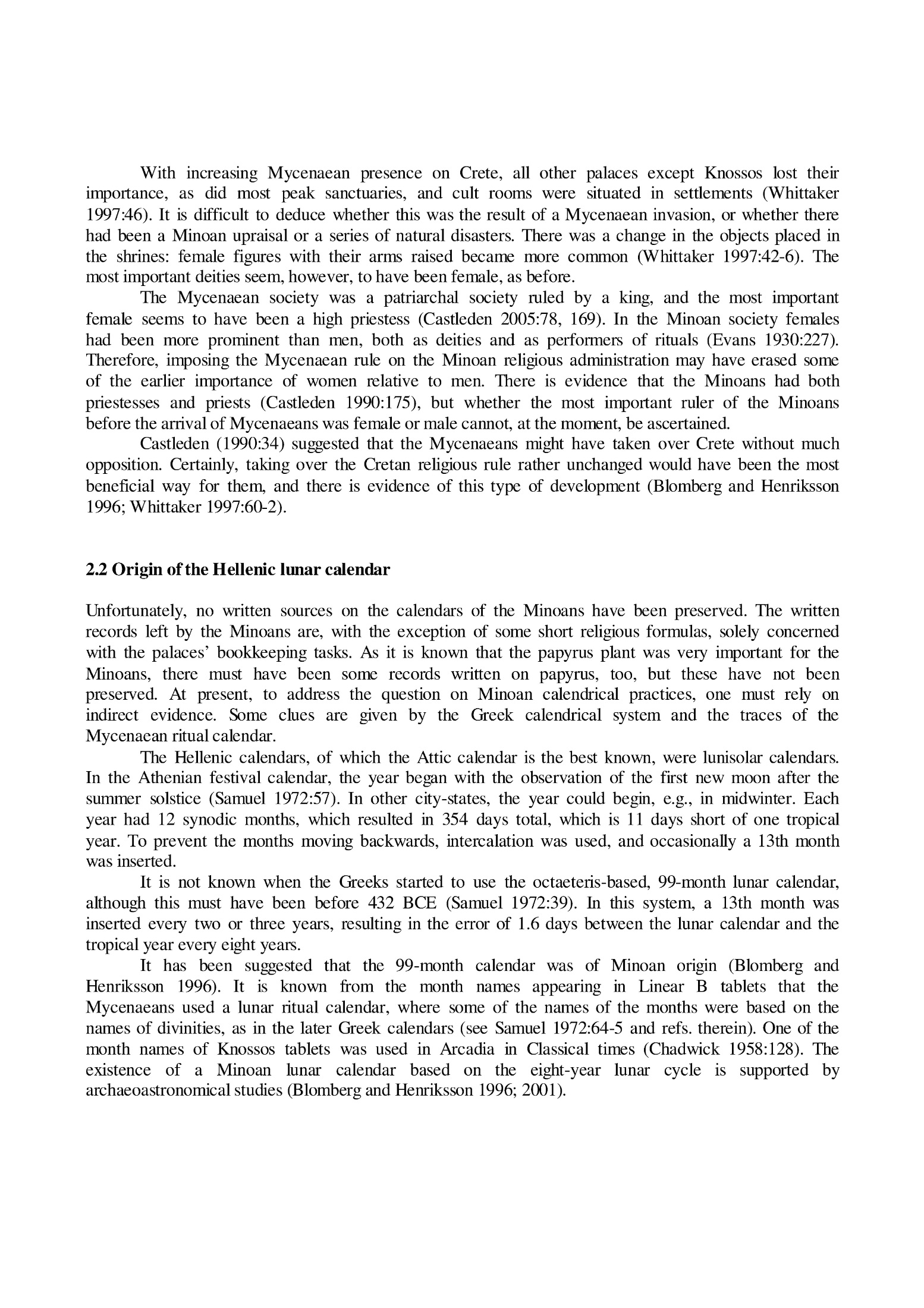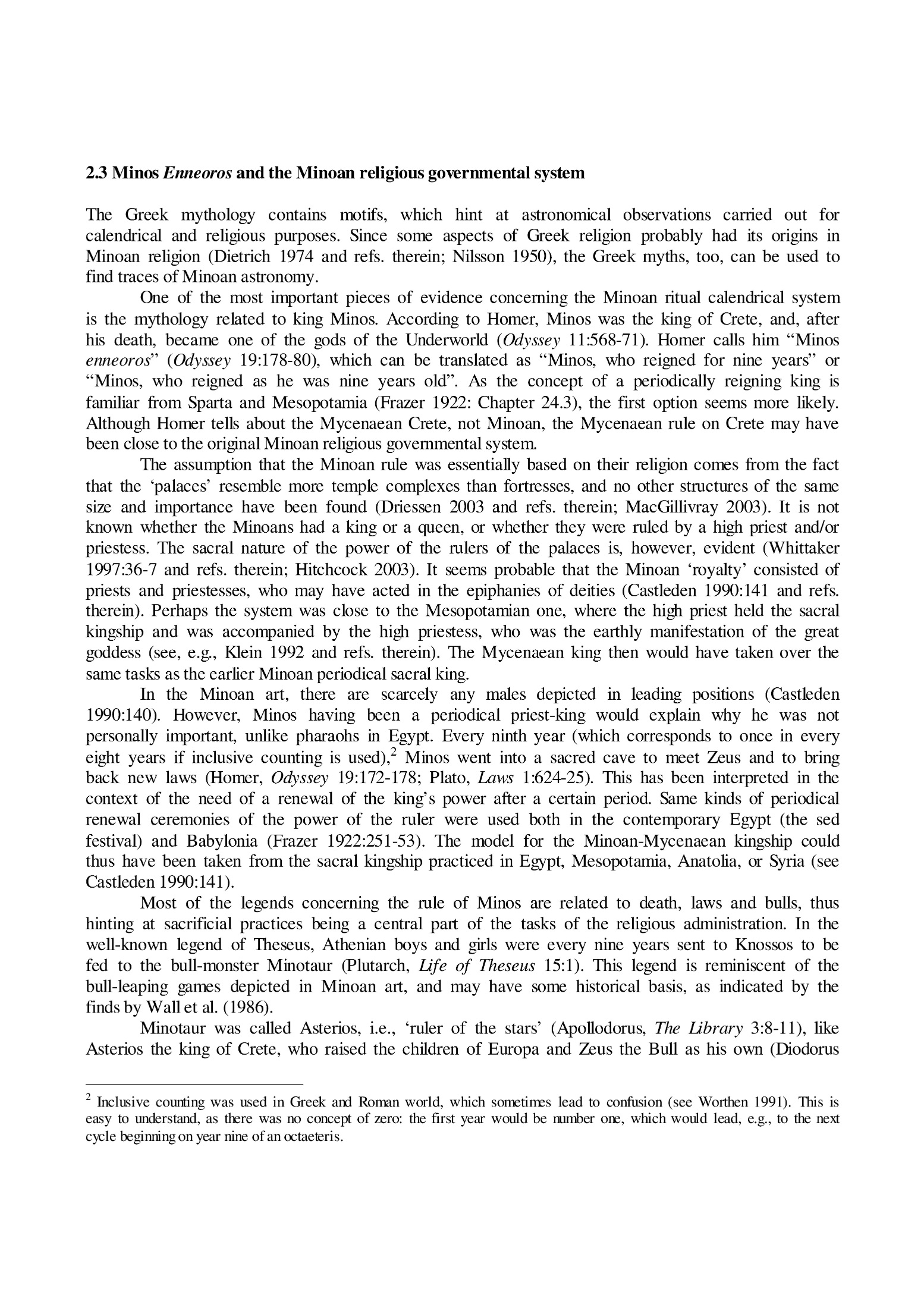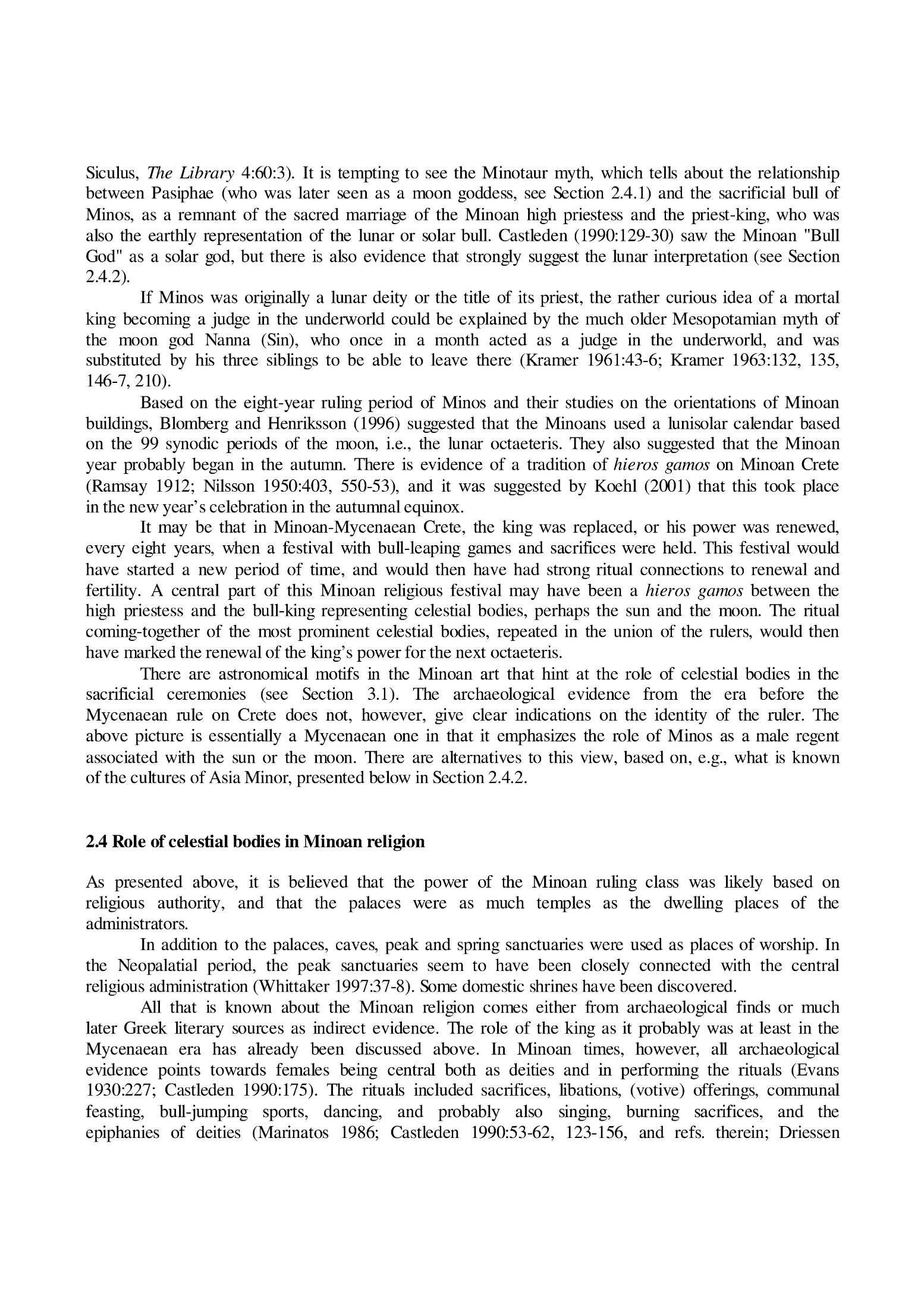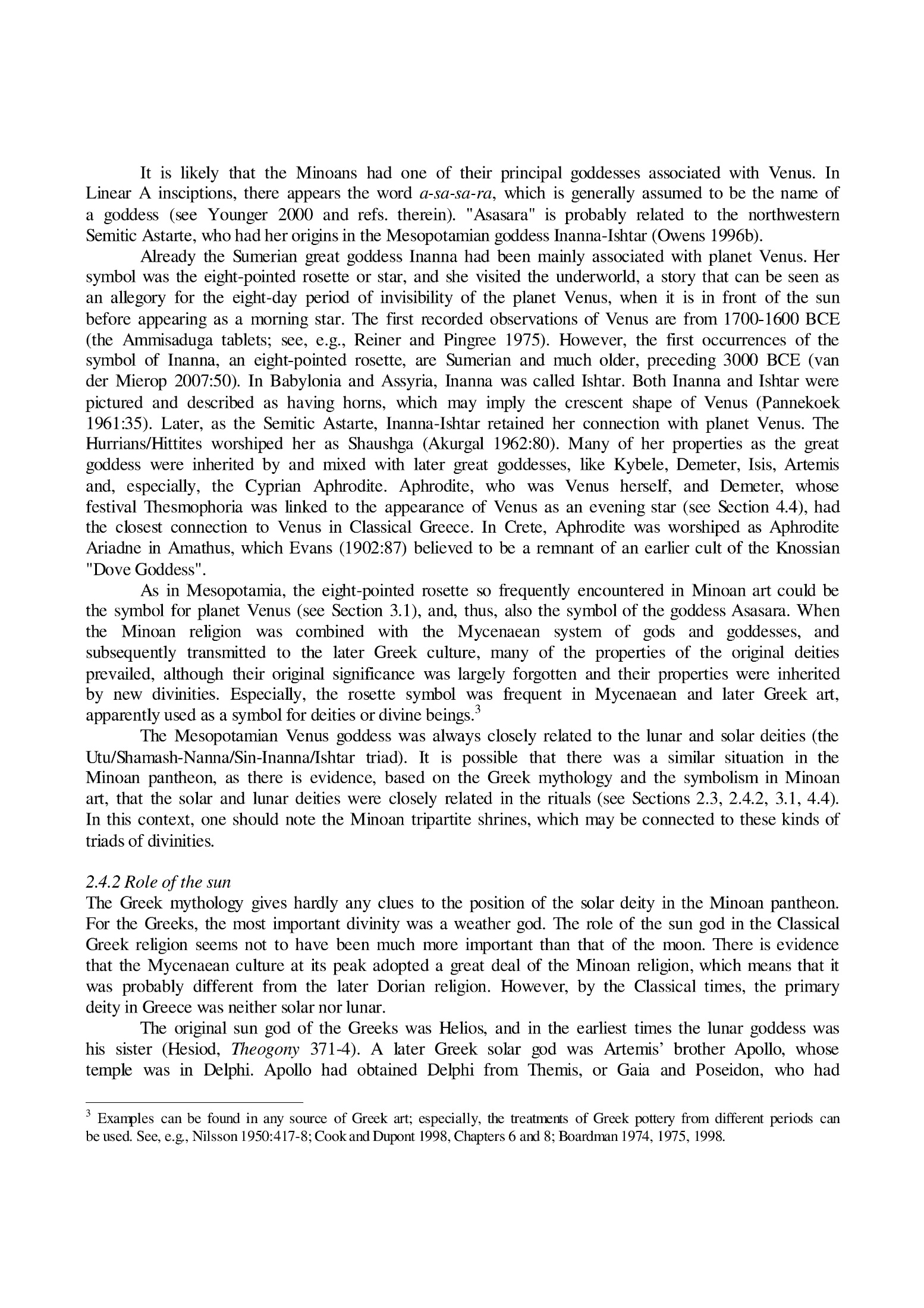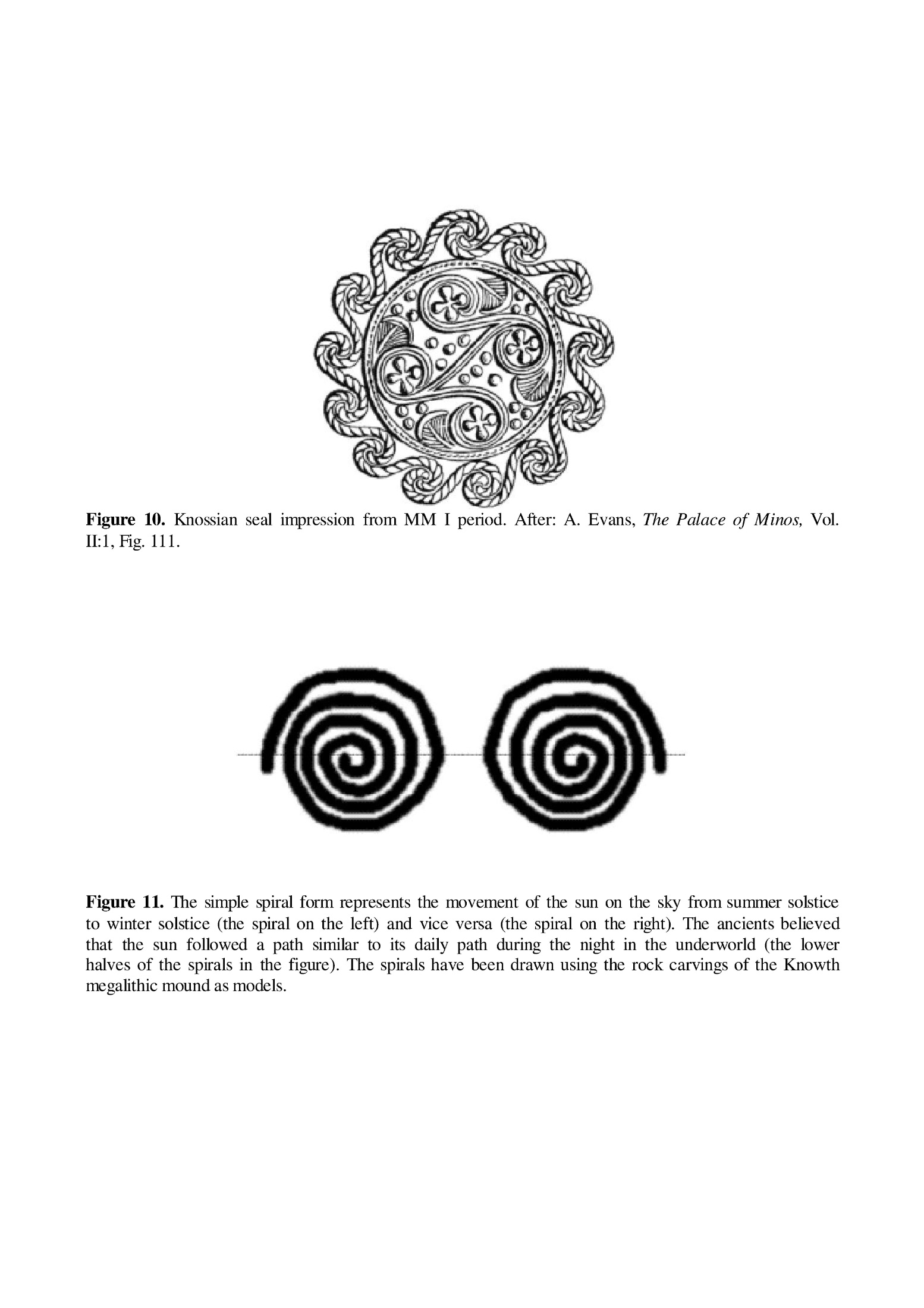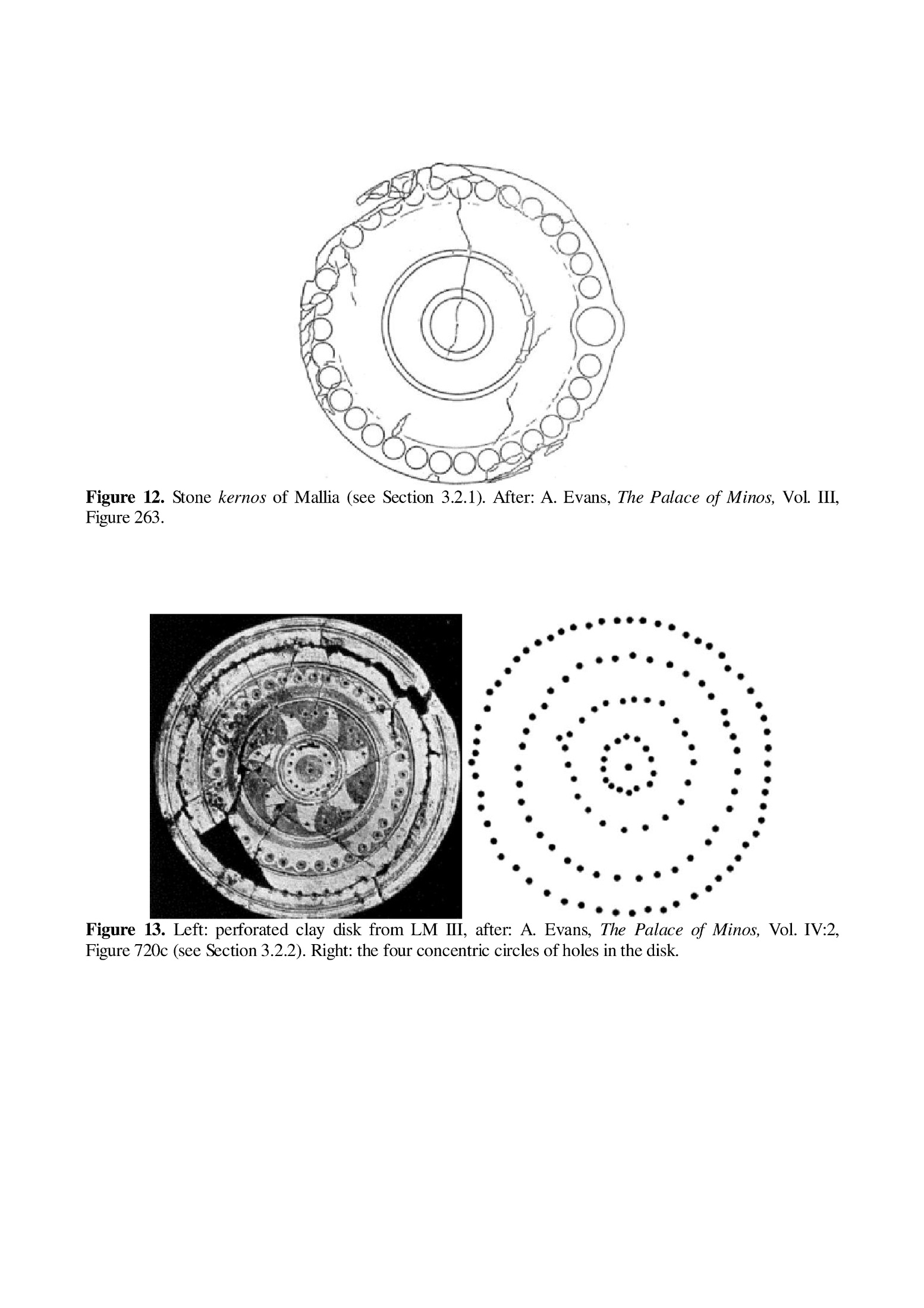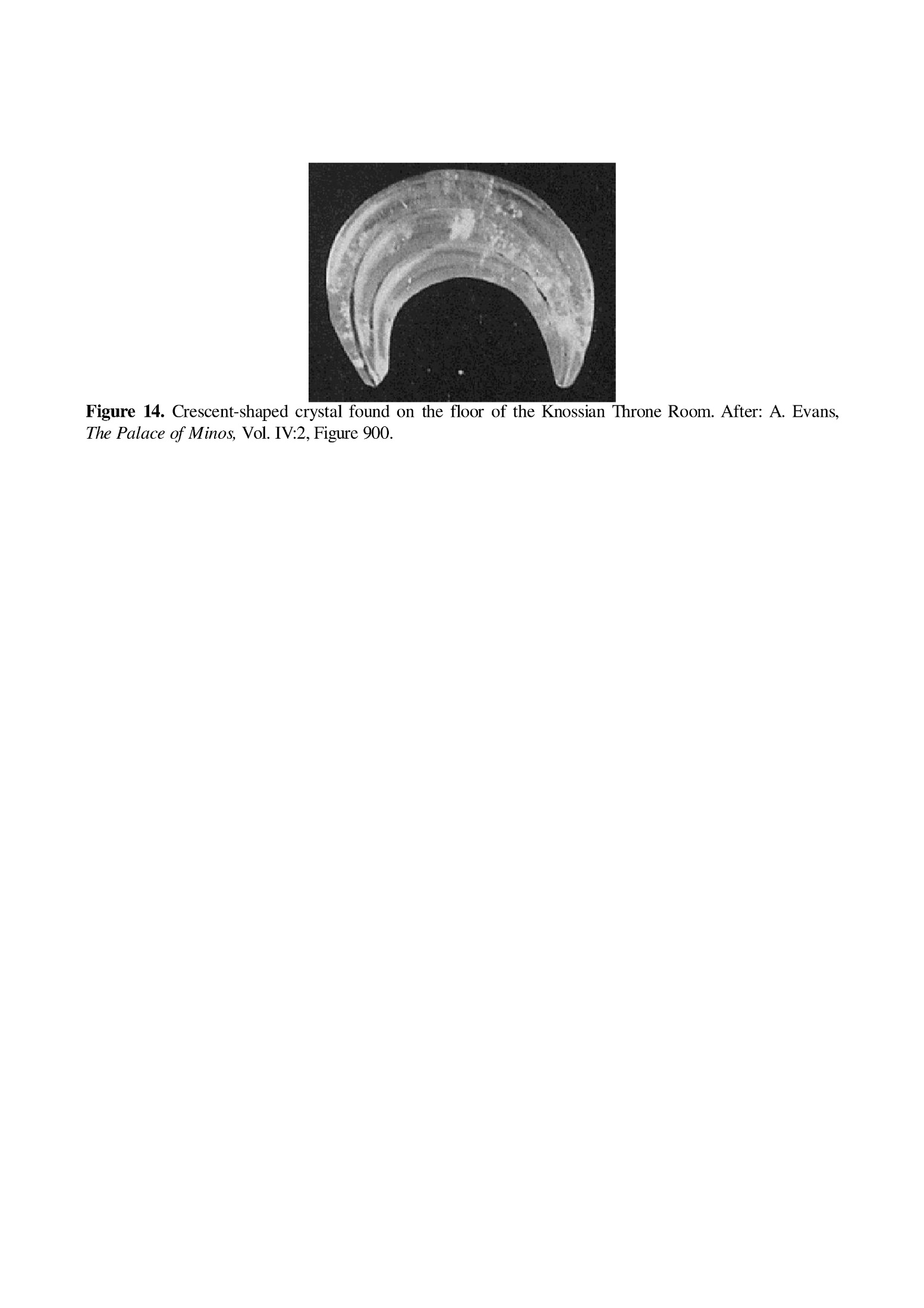About
Ridderstad's preprint concerning Minoan astronomy provides an analysis of evidence in support of the Minoans supporting the field of astronomy. Her lines of evidence include mythological data, artifact data, and cultural festival relevance. The author also suggests that there is support for a Minoan solar deity in the Pantheon. Notwithstanding, the publication is a preprint (not peer-reviewed) and suggests the existence of proto-deities that are not attested through the written record in Minoan culture (as of July 2020).
Source: OMNIKA
Abstract: In Minoan art, symbols for celestial objects were depicted frequently and often in a religious context. The most common were various solar and stellar symbols. The palace of Knossos was amply decorated with these symbols. The rituals performed in Knossos and other Minoan palaces included the alteration of light and darkness, as well as the use of reflection. The Minoan primary goddess was a solar goddess, the 'Minoan Demeter'. A Late Minoan clay disk has been identified as a ritual calendrical object showing the most important celestial cycles, especially the lunar octaeteris. The disk, as well as the Minoan stone kernoi, were probably used in relation to the Minoan festival calendar. The orientations of the central courts of the palaces of Knossos, Phaistos, Mallia and Gournia were to the rising sun, whereas the Eastern palaces Zakros and Petras were oriented to the southernmost and the northernmost risings of the moon, respectively. The E-W axes of the courts of Knossos and Phaistos were oriented to the sunrise five days before the vernal equinox. This orientation is related to the five epagomenal days in the end of a year, which was probably the time of a Minoan festival. One of the orientations of the Knossian Throne Room is towards the heliacal rising of Spica in 2000-1000 BCE. Spica rose heliacally at the time of vintage in Minoan times. The time near the date of the heliacal rising of Spica was the time of an important festival related to ctchonic deities, the Minoan predecessor of the Eleusinian Mysteries. The myths of Minos, Demeter and Persephone probably have an astronomical origin, related to Minoan observations of the periods of the moon, Venus and Spica. These celestial events were related to the idea of renewal, which was central in the Minoan religion.
Comment: 41 pages, 1 table, 14 figures.
Source: Author or Publisher
expand_more Read more Read less
Access
Read for free
External sources
Primary
Myth
On Side A, the solar figure is first affirmed as the chief ruler. The author then asks for the figure to shine warmth and show its rays in order that the people can be assisted while sailing. On Side B, water is described as flowing westward to Iberia. An Iberian king's twenty daughters are described as watching (perhaps lamenting) the horizon as the sun is chased away by the other stars. Arrows are described as being shot, perhaps toward or from Sagittarius. Finally, the light drifts away to Asia and ascends again when the stars chase it back, ending the poem.
Belief system
Minoan culture refers to spiritual beliefs and customs practiced by peoples living in Crete and some Aegean islands between ca. 2800-1450 BCE.
Deity

The Minoan Solar Proto-Deity may represent the sun according to proto-myths in Linear A or Cretan Hieroglyphs. The figure may also be visible in Minoan material culture.
Translation
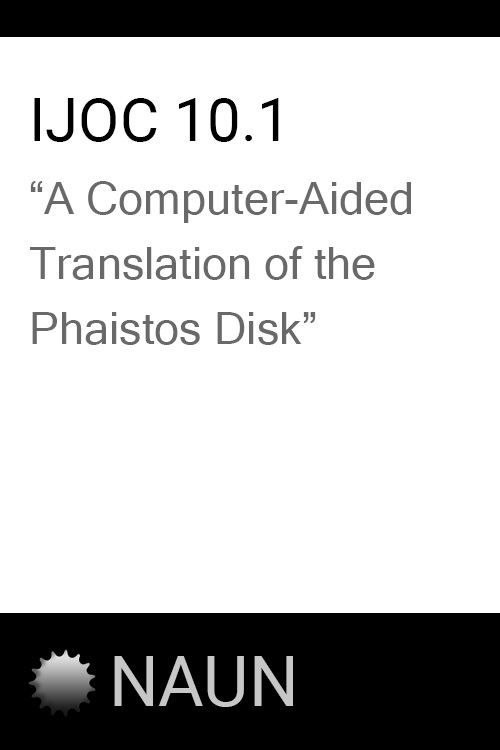
The "Minoan Sun Hymn" is an English translation of The Phaistos Disk in 2016 by Peter Z. Revesz. According to Revesz, the inscription on the Minoan artifact represents Cretan Hieroglyphs meant to be read from the inside-out. Moreover, the transliterated syllables may belong to the Proto-Hungarian or Proto-Finno-Ugric family of languages. According to Revesz's translation and transliteration, the inscription is a sun hymn, a form of proto-mythology, to a Minoan solar deity.
Myths cited
It looks like only the main myth was referenced in this work.
Belief systems cited
It looks like only the main belief system was referenced in this work.
Artifacts cited
Contributor
Cite this work
ChicagoRidderstad, Marianna P. "Evidence of Minoan Astronomy and Calendrical Practices." Preprint. Arxiv.org, Cornell University. Uploaded October 26, 2009. https://arxiv.org/ftp/arxiv/papers/0910/0910.4801.pdf. Accessed July 16, 2020. [Affiliation: University of Helsinki, Finland]
